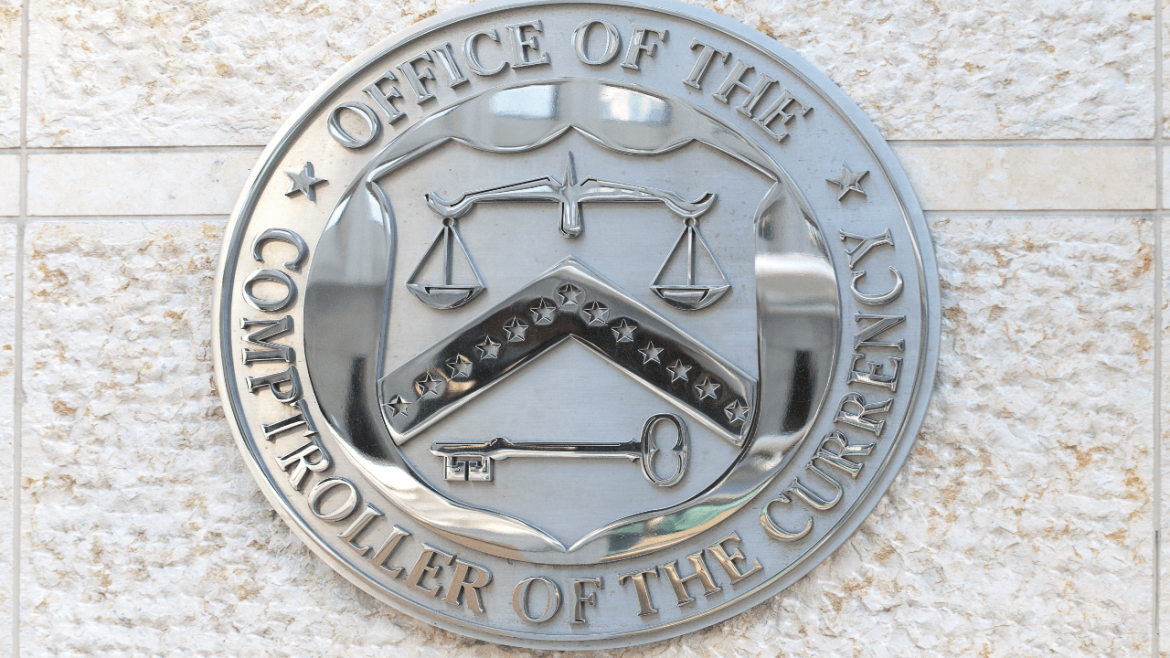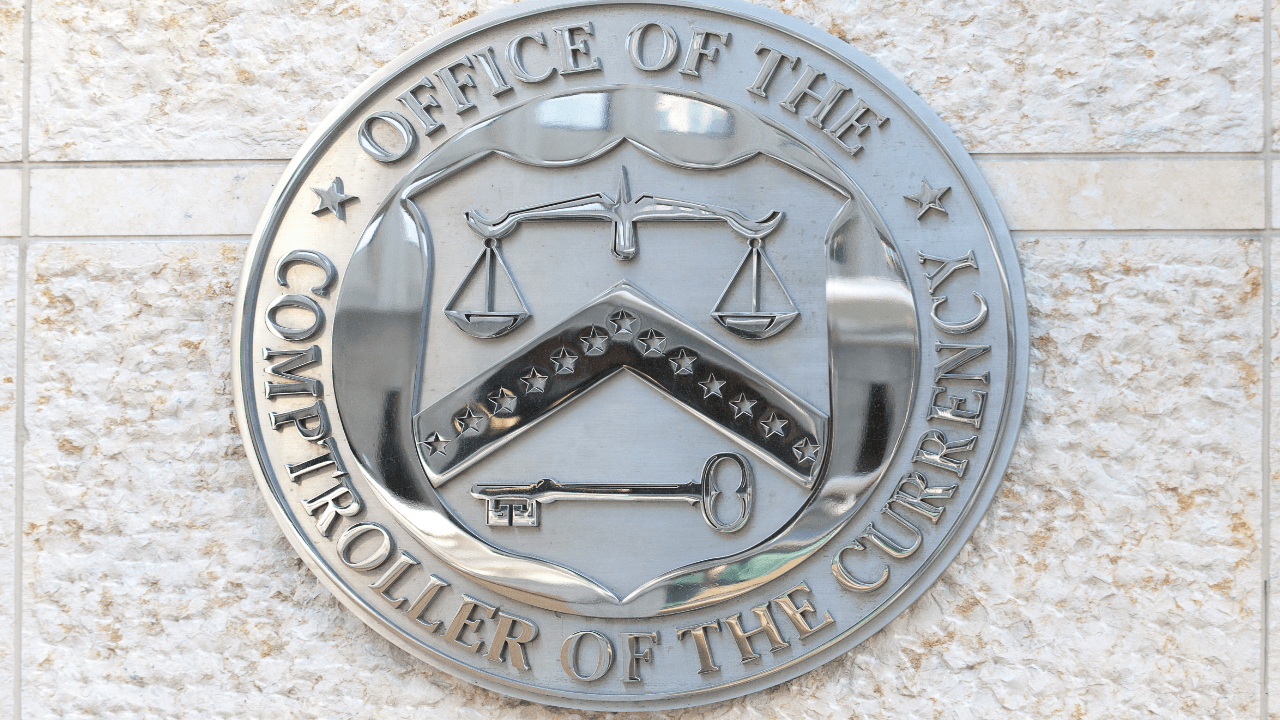The Bank Run on Crypto: Ripple, Circle, and the Battle for Banking Legitimacy
Introduction: A Clash of Titans
The cryptocurrency industry, once a fringe movement challenging the status quo, is now seeking legitimacy through the most traditional of financial institutions: banks. Companies like Ripple and Circle, once seen as disruptors, are now knocking on the doors of regulators, seeking national bank charters. This shift marks a pivotal moment in the evolution of finance, where the rebellious upstarts are now vying for acceptance by the very institutions they once sought to dismantle. The battle for banking legitimacy is not just about access to financial services; it’s about the future of money itself.
The Allure of a Bank Charter: Legitimacy and Power
Why Banks?
For Ripple and Circle, obtaining a national bank charter is more than just a regulatory formality. It represents a stamp of approval from the financial establishment, a seal of legitimacy that could open doors to new opportunities and markets. A bank charter, granted by the Office of the Comptroller of the Currency (OCC), would allow these firms to operate under a unified federal framework. This would streamline their operations, reduce regulatory uncertainty, and potentially grant them access to benefits reserved for traditional banks, such as Federal Reserve services.
Circle’s Stablecoin Ambitions
For Circle, a bank charter is a strategic move to bolster its stablecoin, USDC. Stablecoins, pegged to stable assets like the US dollar, have become a cornerstone of the crypto ecosystem, facilitating trading and providing a hedge against volatility. A bank charter would lend further credibility to USDC, potentially increasing its adoption and solidifying Circle’s position in the market. It would also allow Circle to offer a wider range of financial services, further integrating its stablecoin into the traditional financial system.
Ripple’s Cross-Border Vision
Ripple, known for its XRP cryptocurrency and its focus on cross-border payments, sees a bank charter as a way to expand its services and deepen its integration with the traditional financial system. Obtaining a charter would enable Ripple to offer nationwide banking services, potentially disrupting the existing payment infrastructure. This could lead to faster, cheaper international transactions, a goal that aligns with Ripple’s mission to revolutionize global payments.
The Banking Establishment Strikes Back: Transparency and Risk Concerns
The Pushback
The established banking industry is not welcoming these crypto aspirants with open arms. Organizations like the American Bankers Association (ABA) have voiced strong opposition to the OCC’s consideration of national trust bank charters for crypto firms. Their primary concerns revolve around transparency, regulatory compliance, and the potential risks these firms could pose to the financial system.
Transparency Issues
The ABA and other trade groups argue that Ripple and Circle haven’t provided sufficient details regarding their operations, risk management practices, and consumer protection measures. They point to heavily redacted documents in the charter applications, raising questions about the true nature of these firms’ activities. The banking associations emphasize the importance of rigorous due diligence and adherence to established banking regulations to ensure the safety and soundness of the financial system.
Unfair Competition
Traditional banks are also wary of the potential for unfair competition. They argue that crypto firms seeking bank charters are attempting to circumvent the stringent regulatory requirements that apply to traditional banking institutions. This could create an uneven playing field, giving crypto firms an unfair advantage while potentially exposing the financial system to new and unforeseen risks.
The Stablecoin Standoff: A Regulatory Minefield
The Stablecoin Dilemma
At the heart of the debate lies the issue of stablecoins. While stablecoins offer potential benefits, they also raise concerns about their reserves, audit processes, and potential for illicit use. Regulators are grappling with how to appropriately oversee stablecoins to ensure their stability and prevent them from becoming a source of systemic risk.
Federal Reserve’s Caution
The Federal Reserve, responsible for maintaining the financial system’s stability, has yet to approve any crypto firm’s application for a master account, which would grant them direct access to the Fed’s payment system. This reluctance reflects ongoing concerns about the risks associated with crypto assets and the need for a comprehensive regulatory framework.
More Than Money: The Philosophical Divide
Clash of Philosophies
The conflict between crypto firms and traditional banks extends beyond regulatory technicalities. It represents a fundamental clash of philosophies about the future of finance. Crypto proponents envision a decentralized, open, and accessible financial system, while traditional banks prioritize stability, security, and regulatory compliance.
Skepticism and Fear
The pushback from banking associations reflects a deep-seated skepticism towards the crypto industry and its potential impact on the established financial order. Traditional banks, accustomed to operating within a highly regulated environment, view the relatively unregulated world of crypto with suspicion. They fear that the entry of crypto firms into the banking system could undermine its integrity and expose it to new forms of risk.
Beyond Ripple and Circle: A Wider Trend
A Broader Movement
The pursuit of bank charters by Ripple and Circle is part of a broader trend of crypto firms seeking greater integration with the traditional financial system. Companies like Coinbase, Paxos, and Fidelity Digital Assets are also exploring various forms of licensure to bring their operations under formal regulatory oversight.
The Quest for Clarity
This trend reflects a growing recognition within the crypto industry that regulatory clarity and legitimacy are essential for long-term success. As the crypto market matures, firms are increasingly seeking to comply with existing regulations and work with regulators to develop new frameworks that address the unique challenges and opportunities presented by digital assets.
The Fork in the Road: Two Possible Futures
Scenario One: Integration and Innovation
If Ripple and Circle succeed in obtaining national bank charters, it could pave the way for greater integration between the crypto and traditional financial systems. This could lead to innovation, increased competition, and greater access to financial services. It could also foster a more collaborative relationship between crypto firms and traditional banks, leading to the development of new financial products and services.
Scenario Two: Stagnation and Division
However, if the banking establishment succeeds in blocking these efforts, it could stifle innovation and slow the adoption of digital assets. It could also perpetuate the existing divide between the crypto and traditional financial systems, limiting the potential benefits of blockchain technology and decentralized finance. This could lead to a fragmented financial landscape, where crypto and traditional finance operate in parallel but separate spheres.
Conclusion: A Question of Evolution, Not Revolution
The quest for bank charters by crypto firms is not simply about obtaining a license to operate. It’s about shaping the future of finance. Whether this future involves a gradual evolution of the existing system or a more radical transformation remains to be seen. The outcome depends on the ability of both crypto firms and traditional banks to find common ground, address regulatory concerns, and embrace the potential benefits of a more integrated and innovative financial ecosystem. The battle for banking legitimacy is not just a fight for access; it’s a fight for the soul of finance itself. The path forward will determine whether the future of money is one of collaboration or conflict, of integration or isolation. The stakes could not be higher.





